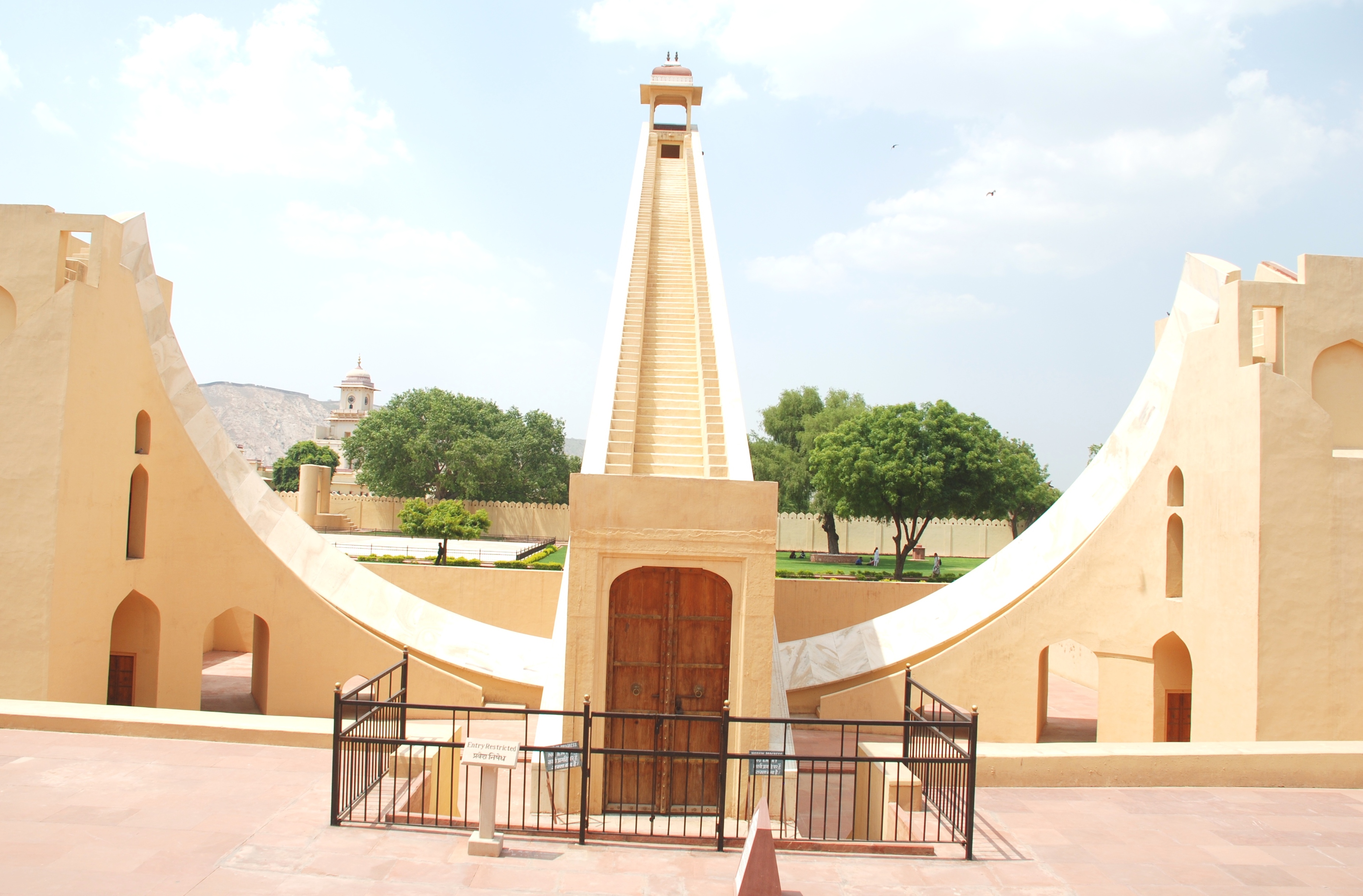The Jantar Mantar in Jaipur, which is an astronomical observatory, was built in the 18th century. It has about 20 fixed instruments which help in observation and research. Of all the historic observatories this has been kept in the best situation and with the help of some maintenance it has stood the test of times. This monument tells about the astronomical brilliance and skill of the prince who lived during the last phase of the Mughal period.

The importance of this observatory and the instruments and masonry present over here is emphasized from the fact that it enables and facilitates astronomical observation with naked eye. The concept and the whole system of the Jantar Mantar is influenced from the Ptolemaic positional astronomy system. With the help of this kind of observation the completion of the Zij’s astronomical tables was facilitated.

The creation of this monumental observatory is owed to the prince Jai Singh II. The prince made an attempt on several occasions to ensure the meeting of different scientific cultures at this place. These meetings led to the birth of many ingenious social practices that had strong relation to cosmology. The innovative idea of Jantar Mantar, its instruments and scientific meetings underscored the importance of royal authority. Many historians believed that it ushered in a phase of study of cosmology which was very important for that time. In addition to this the Jantar Mantar affected many other spheres and aspects of society like social, political and religious.
The Jantar Mantar is under the protection of the Rajasthan Monuments Archaeological Site and Antiquities Act of 1961, under 3rd and 4th section. In the year of 1968 it was adorned with the esteemed label of “Monument of National Importance”. This act emphasised the importance of this building in the scientific and archaeological growth of the country. In the year of 2010 it was made a World Heritage Site.

